Wargaming Weekly #029: Are security clearance requirements clogging the professional wargaming pipeline?
Wargaming jobs require security clearances and military experience but not enough fresh talent has them, so what next?
I recently came across this interview featuring Sebastian Bae, one of the leading voices in the professional wargaming community.
This quote in particular stood out to me so I shared it.
A couple of days later, I got an interesting reaction from wargame designer and developer, David Whitt (aka 22 SEC) about his experience.
Sebastian agrees.
He also highlighted in the interview that the professional wargaming community in the US is only about 100-strong and most of them are on the older side, so there’s a really urgent need for fresh young talent to join their ranks.
So to answer the question I posed in the title, I think it’s safe to say that yes, security clearance requirements are clogging the professional wargaming pipeline in the US, and subsequently NATO at large.
What should be done about this?
Well, scrapping security clearance requirements is out of the question. The threat of infiltration is real, especially from China which has shown a propensity to flood whatever avenue it can find. Russia too, of course, is never far behind. Not forgetting the notoriously effective yet sometimes overlooked Cuba.
Can you imagine what kind of damage an Anna Montes could do if they managed to infiltrate their way to the top of one the various professional wargaming organizations?
Related to this, I’d like to highlight that Army Mad Scientist and professional wargaming thought leader Kevin Williamson has recently been exploring the intersection of wargaming and intelligence with his Exploitation Wargaming concept.
Also, since domain expertise is key for building realistic wargames (and more importantly, getting that crucial player buy-in), scrapping military experience requirements is out of the question too.
So once again, what should be done?
I think it’s time for the c-word… CONSCRIPTION.
Look, if the people who have arrived at wargaming outside of “regular” channels (who seem to be the majority, by the way) are rightfully not fit to meet the necessary OPSEC standards for this work, then perhaps the people who do meet those standards but are not wargamers should be compelled to take up wargaming, by hook or crook.
I mean, like I highlighted last week, calls are already being made for every commander to become a wargamer. Perhaps a similar call should be made for every security clearance holder to become a wargamer?
So, wearing my armchair Secretary of Defense hat once again, if it was up to me, I’d get a list of everyone who already meets the Top Secret/SCI security clearance requirements of the typical wargaming job and make it mandatory for them to attend a rigorous 3-week wargame design course within the next six months or risk losing their clearance. Desperate times call for desperate measures, right? Haha!
That should create enough of a ready talent pool to get fill all the current job openings and jumpstart a culture of security clearance holders being wargamers.
But then, this reminds me of national security advisor Edward Luttwak’s criticism of the CIA saying the reason they suck at human intelligence (HUMINT) is that in trying to avoid infiltration, they prefer to only recruit and give language classes to people who meet their rigid vetting requirements (resulting in a significantly homogenous talent pool) rather than recruiting people who have learned the language organically and training them in intelligence work (even though handling them would inevitably come with a bit more risk).
So perhaps the key to unclogging the pipeline is stepping up the counter-intelligence capabilities in professional wargaming circles to a level where any rogue elements that slip in can be swiftly identified and removed, without hampering the dreams and ambitions of truly talented wargamers who mean no harm but simply happen to have arrived at wargaming via an unconventional path... especially seeing as the conventional path itself has barely been paved!
In closing, I’d like to highlight Forging Wargamers: A Framework for Professional Military Education, a collection of essays edited by Sebastian Bae with contributions from both practitioners and scholars in wargaming, exploring how to bring more talent into the professional wargaming pipeline.
Lastly… what’s that over there in the Business Corner?
Still continuing in the spirit of AI from the other week, this week I’d like to share a recent interview on Lenny’s Podcast featuring Aparna Chennapragada, the Chief Product Officer (CPO) at Microsoft.
I especially like the part where she explored how to think about AI agents:
· Autonomy (How do I delegate things that it can do?)
· Complexity (beyond summarizing things e.g. building prototypes)
· Asynchronous (works when you’re not working)
· Natural interaction (beyond chat e.g. jumping on a meeting with it)
That last point in particular led her to talk about natural language interface (NLX), remarking that “NLX is the new UX.”
“NLX is the new UX.” I like how it rolls off the tongue.
She also posed an important question, “What are the new user experience (UX) principles and constructs in natural language as an interface?”
All in all great food for thought to chew on for any product leader looking to infuse AI into their product and/or workflows.
Yours in hex,
Rwizi.
PS: If you enjoyed reading this, please consider supporting me on Patreon for as little as $5 per month. Plus, who knows, you might even enjoy one of the wargaming-themed fiction short stories that I’ll be sharing there!
HOW ELSE CAN YOU SUPPORT MY NEWSLETTER?
Beyond subscribing on Patreon, you can also support me in any one of the following three super-specific ways:
1. Leave a comment below!
Punching a good hole in any of the facts or arguments shared above.
2. Hire me for a wargaming gig!
I’m currently available for content writing and/or game co-designing roles for both defense and business wargaming projects as a part-time freelancer i.e. 10 – 20 hours per week. If you think your project could use the brain of a millennial B2B marketer/startup founder who reads way too many PDFs and watches way too many YouTube videos on wargaming, military theory and product management, then please feel free to reach out to me via X or LinkedIn to book a call. Like the kids like to say nowadays… lemme cook!
3. Give me a warm intro to your friend at a16z!
Preferably someone who’s on either the a16z speedrun team or the a16z Games team. I’m looking for brutal feedback on a speedrun application my startup made last year: once again, please DM me via X or LinkedIn to sync.
ABOUT THE AUTHOR:
Wargaming Weekly is curated, written and published by Rwizi Rweizooba Ainomugisha, a freelance writer, game designer and startup entrepreneur. Rwizi currently serves as Co-Founder, Co-CEO and Chief Strategy Officer (CSO) at Lupiiya Books - the social finance app that is gamifying the fundraising process for young African entrepreneurs. Wargaming Weekly is a curiosity chronicle of Rwizi’s exploration of the wargaming world… for the love of games in general, for the desire to contribute to the growth of wargaming in particular as a discipline, and lastly, for the hope of finding cutting-edge game design innovations to bring back with him to the startup world.



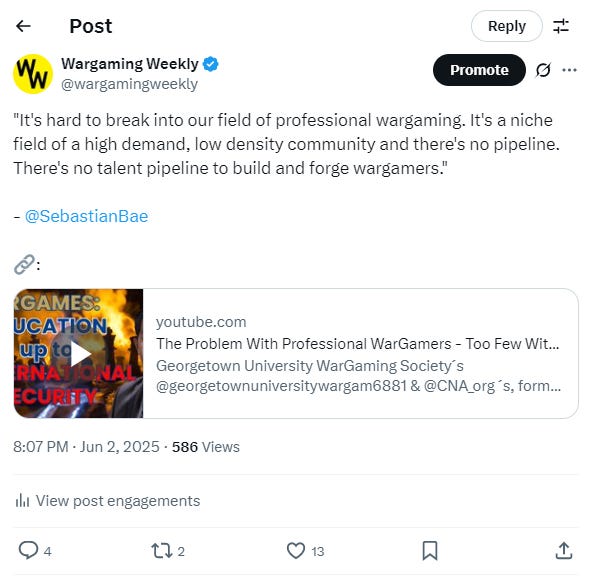
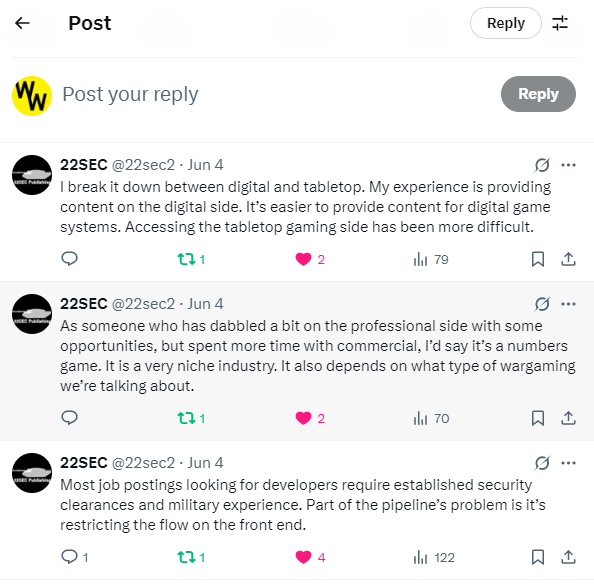
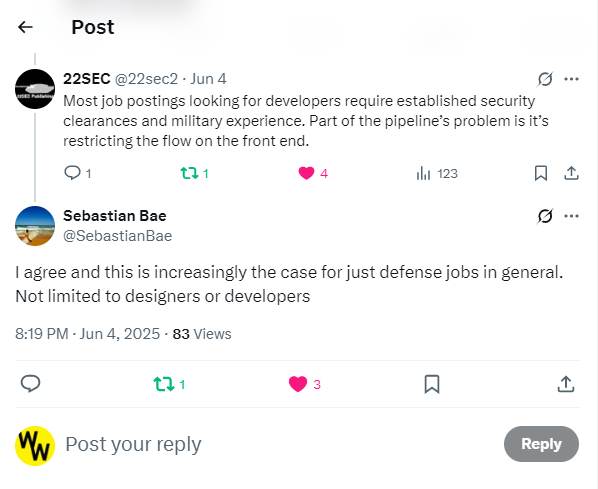
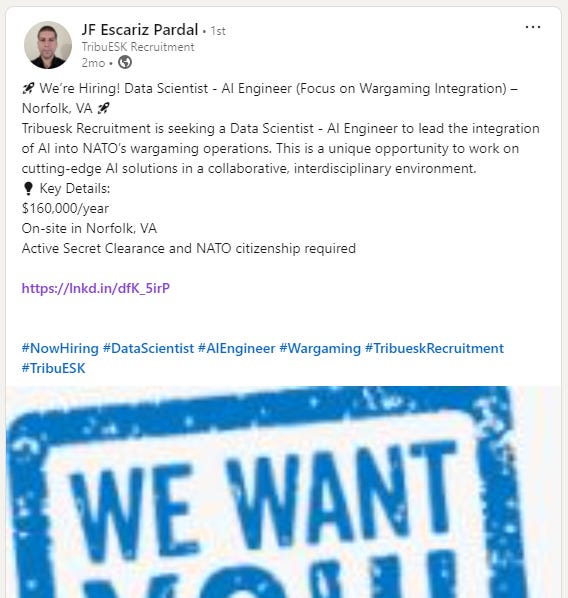

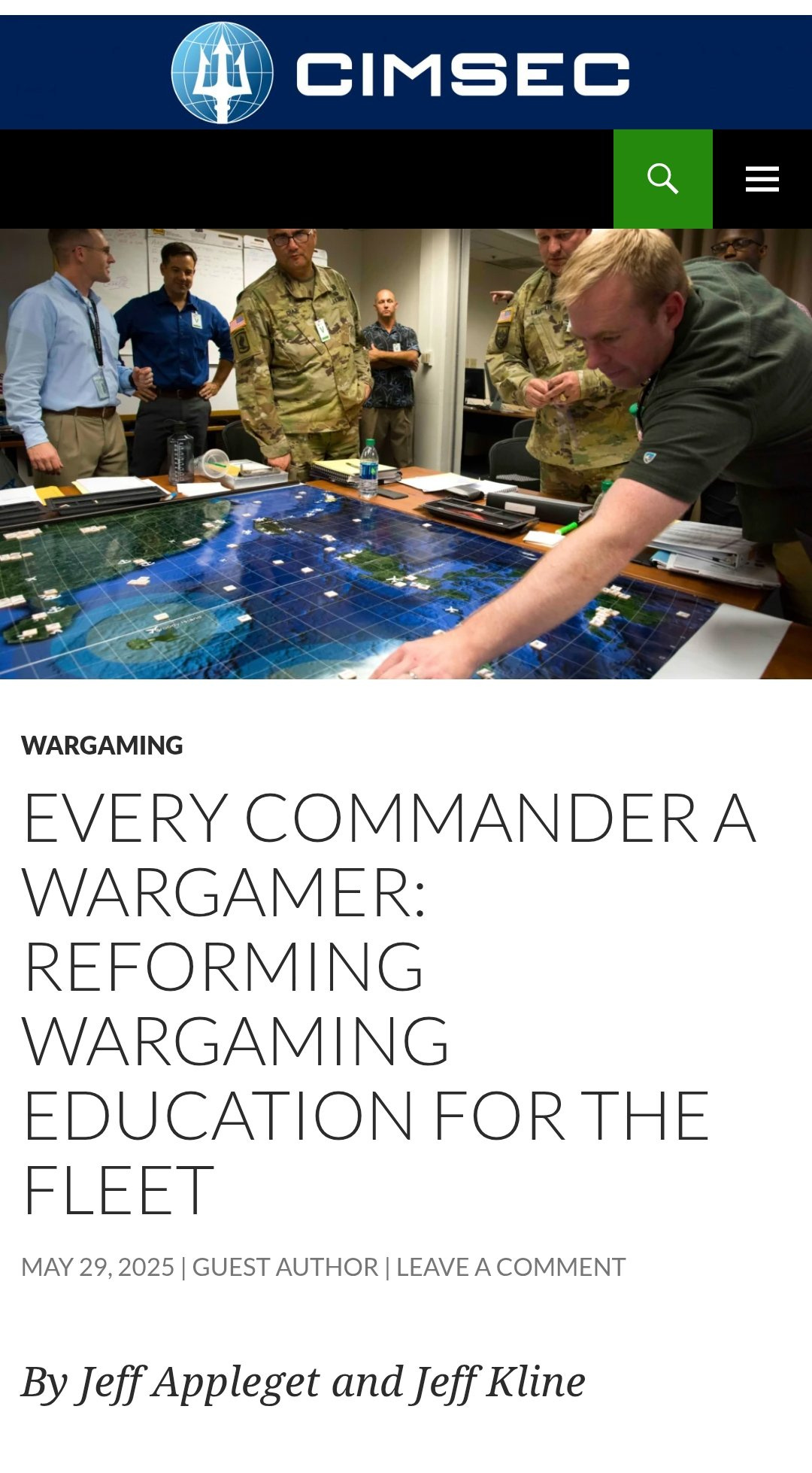
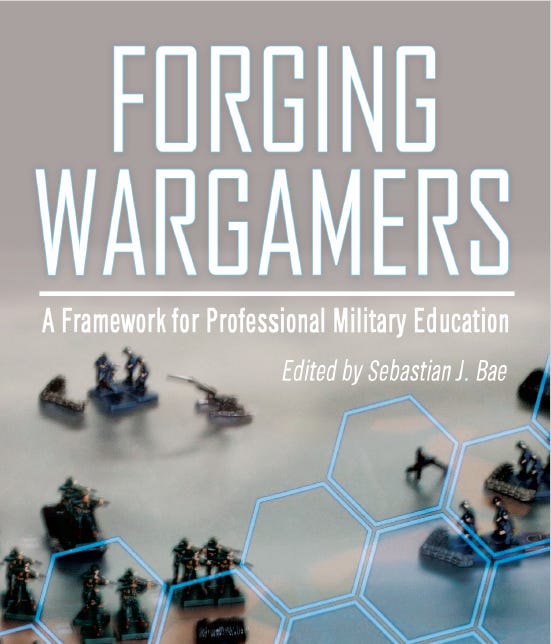


Some of us just can’t help hemorrhaging value.
#LoveOfTheGame